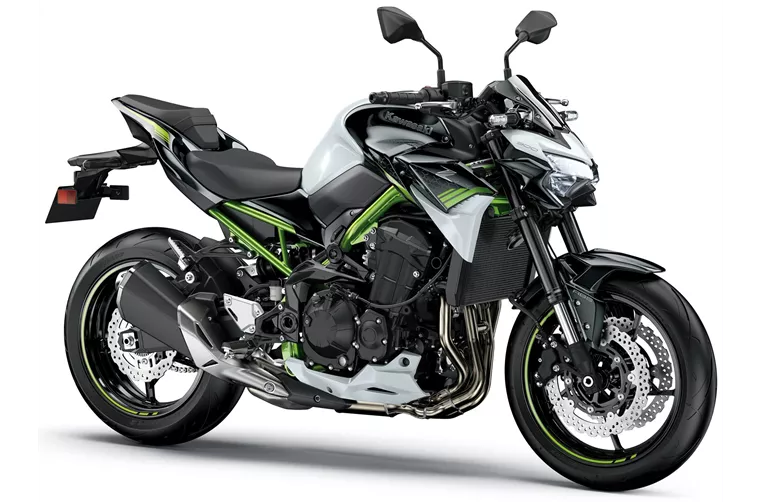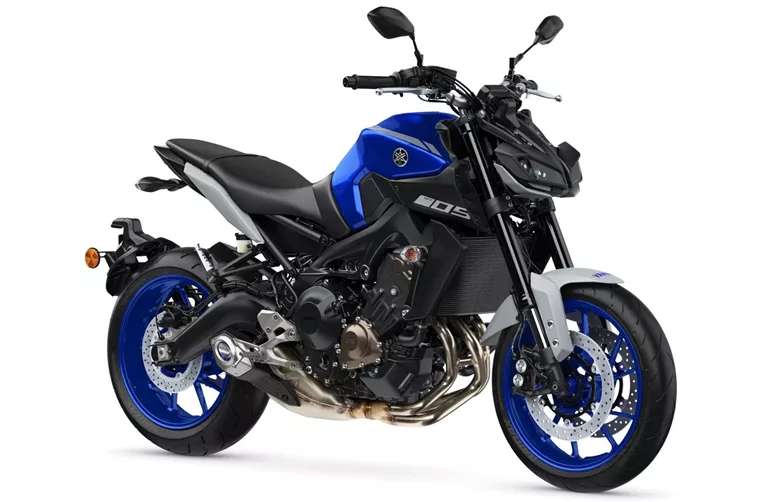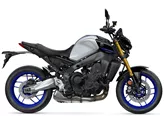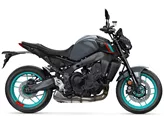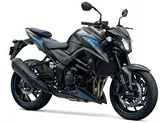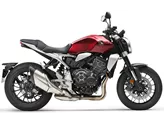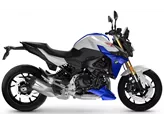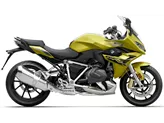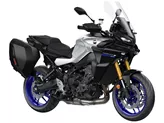Kawasaki Z900 2020 vs. Yamaha MT-09 2020
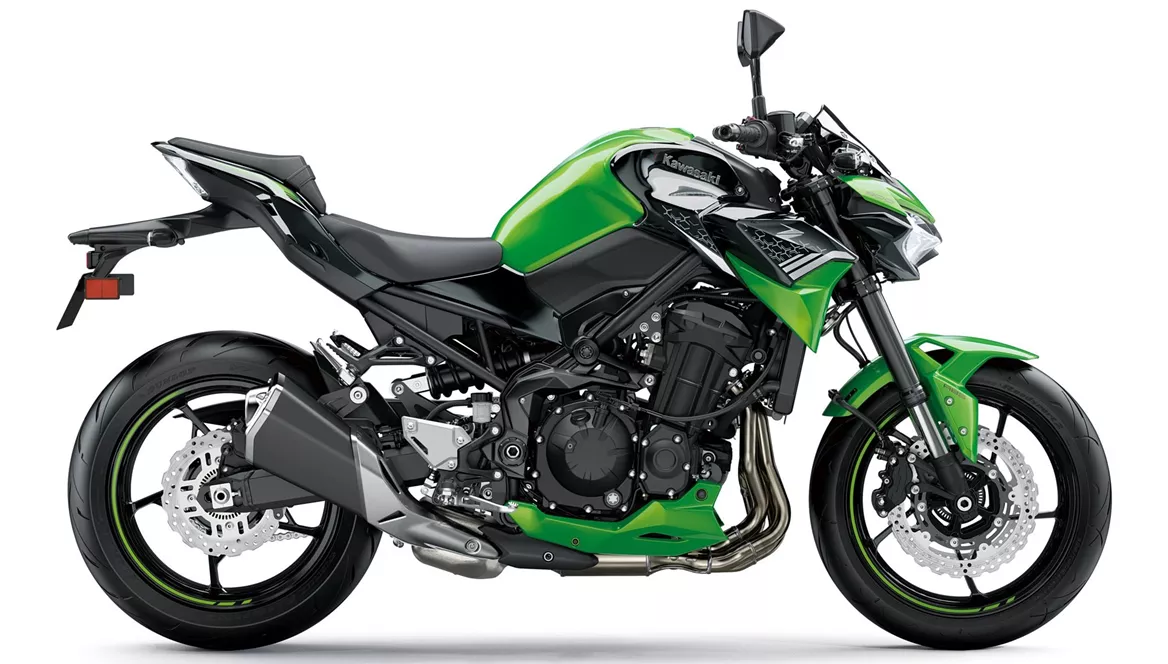
Kawasaki Z900 2020
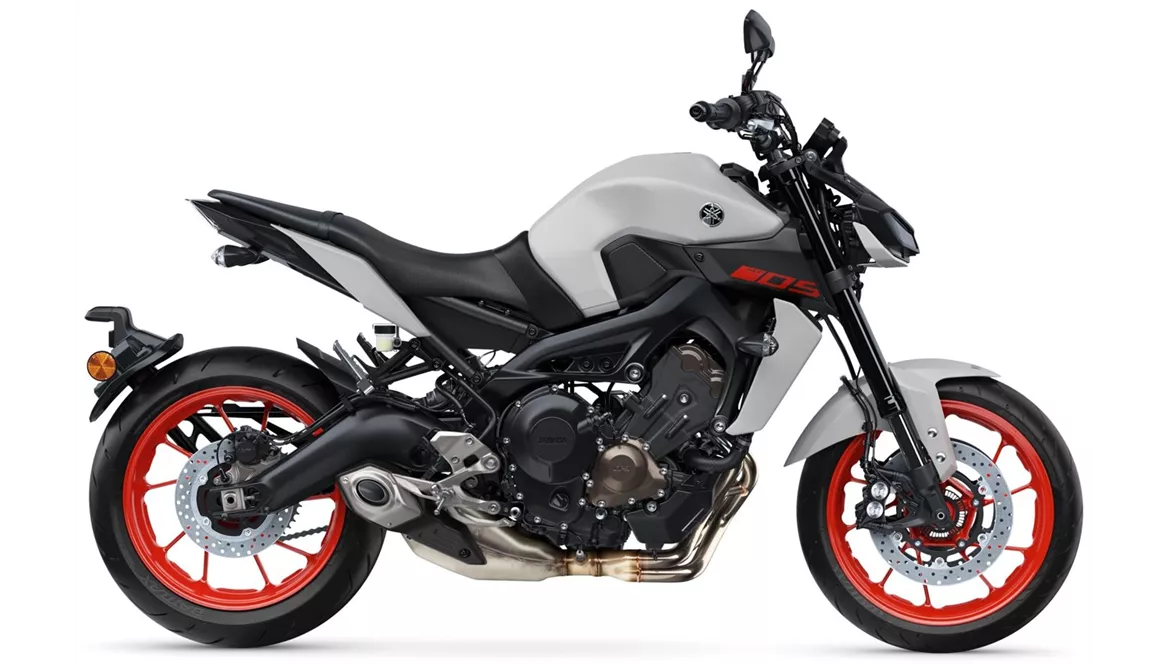
Yamaha MT-09 2020
Overview - Kawasaki Z900 2020 vs Yamaha MT-09 2020
The Kawasaki Z900 2020 and the Yamaha MT-09 2020 are both naked bikes that offer powerful performance and advanced rider assistance systems. However, there are some key differences between the two models.
In terms of engine specifications, the Kawasaki Z900 2020 is equipped with a 4-cylinder engine that produces 125.4 HP of power and 98.6 Nm of torque. On the other hand, the Yamaha MT-09 2020 features a 3-cylinder engine with slightly lower power output at 115 HP and torque of 87.5 Nm. Both bikes have fuel injection systems and liquid cooling.
When it comes to suspension, both bikes have upside-down telescopic forks at the front and swing arm suspension with a monoshock at the rear. The Kawasaki Z900 2020 has a steel frame, while the Yamaha MT-09 2020 features an aluminum frame with a twin tube design. This difference in frame material may affect the overall weight and handling of the bikes.
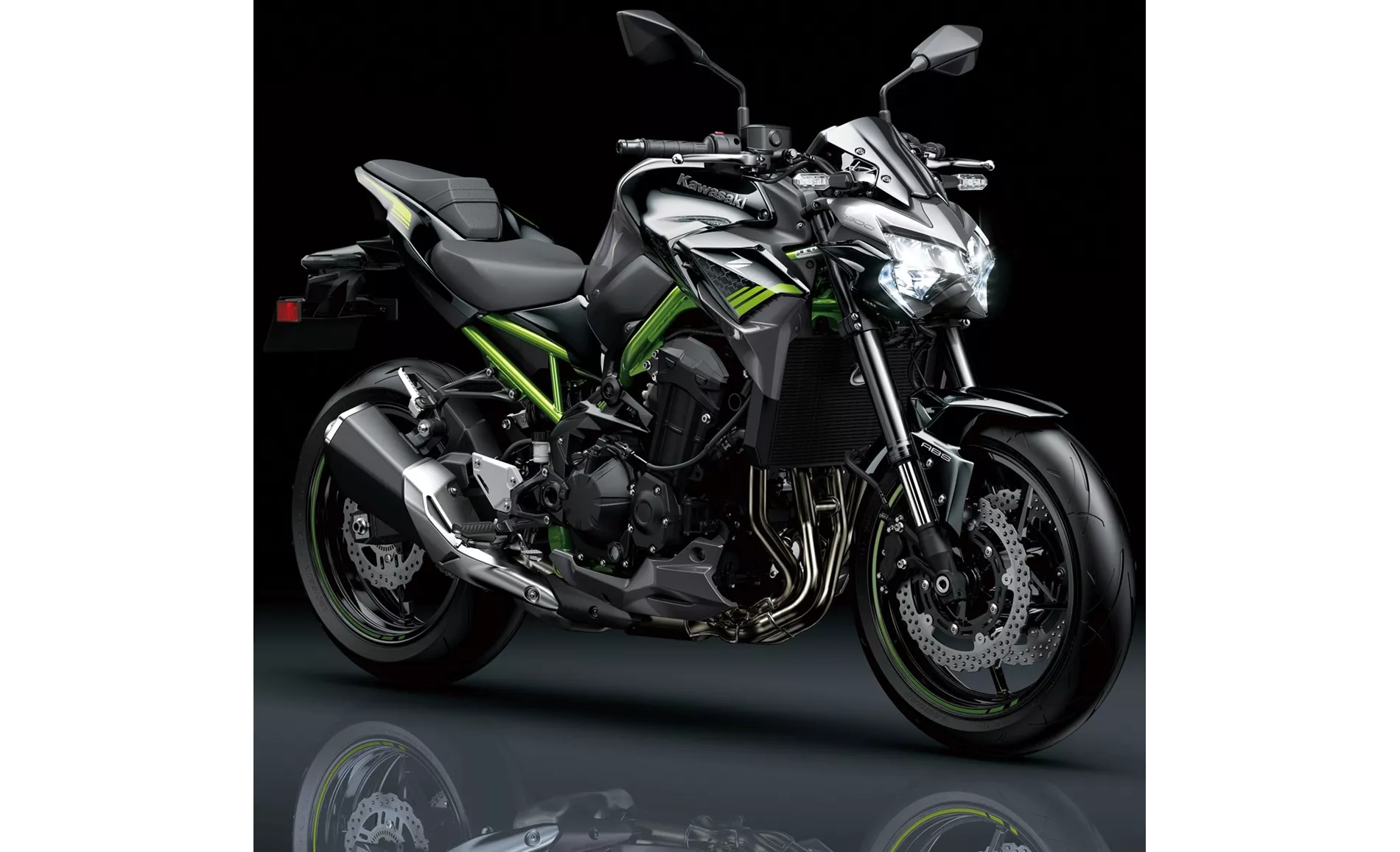
Kawasaki Z900 2020
In terms of braking, both bikes have double disk brakes at the front with similar diameters of 300 mm for the Kawasaki Z900 2020 and 298 mm for the Yamaha MT-09 2020. Both bikes also come with ABS as part of their advanced rider assistance systems.
In terms of dimensions and weights, the Kawasaki Z900 2020 has a slightly longer wheelbase of 1450 mm compared to the Yamaha MT-09 2020 with a wheelbase of 1440 mm. The seat height of the Kawasaki Z900 2020 is 795 mm, while the Yamaha MT-09 2020 has a slightly higher seat height of 815 mm. The kerb weight of the Kawasaki Z900 2020 is 210 kg with ABS, while the Yamaha MT-09 2020 weighs slightly less at 193 kg with ABS.
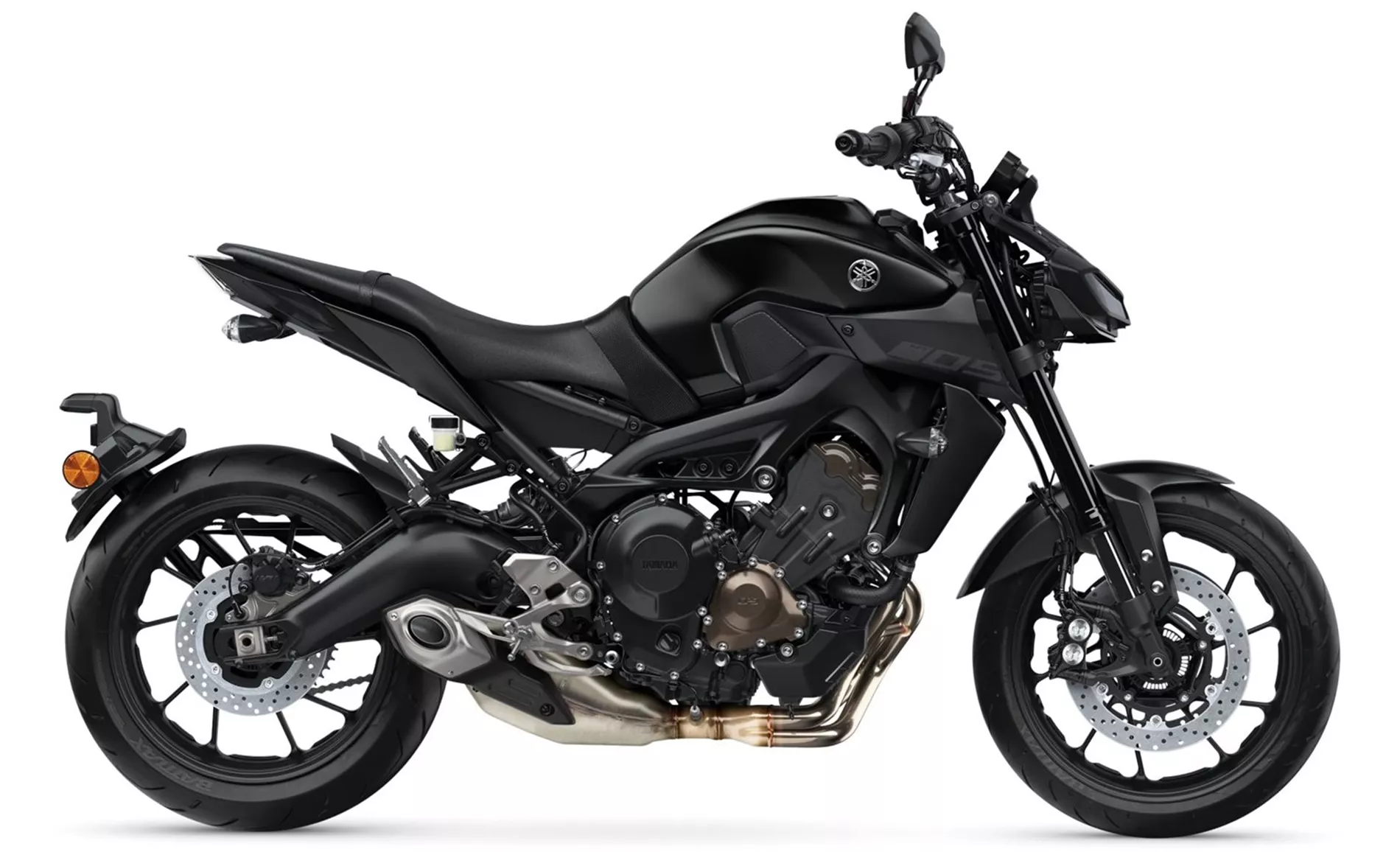
Yamaha MT-09 2020
In terms of strengths, the Kawasaki Z900 2020 is praised for its powerful four-cylinder engine, great handling, good equipment, aggressive looks, and value for money. On the other hand, the Yamaha MT-09 2020 is commended for its powerful engine with plenty of torque and fine control of traction control.
However, there are also some weaknesses to consider. The Kawasaki Z900 2020 has a menu navigation system that can be somewhat tiring to navigate, and it lacks the option for a quickshifter. On the other hand, the Yamaha MT-09 2020 does not have a blipper function, and its high handlebars provide little feedback. Additionally, the Yamaha MT-09 2020 has been noted for its rough throttle response and early-regulating ABS.
In conclusion, both the Kawasaki Z900 2020 and the Yamaha MT-09 2020 are powerful naked bikes with their own strengths and weaknesses. The Kawasaki Z900 2020 offers a more powerful engine and a slightly higher weight, while the Yamaha MT-09 2020 has a slightly lower power output and weight. Ultimately, the choice between the two models will depend on individual preferences and priorities.
Technical Specifications Kawasaki Z900 2020 compared to Yamaha MT-09 2020
Pros and Cons in comparison
Pros and Cons in comparison
Kawasaki Z900 2020
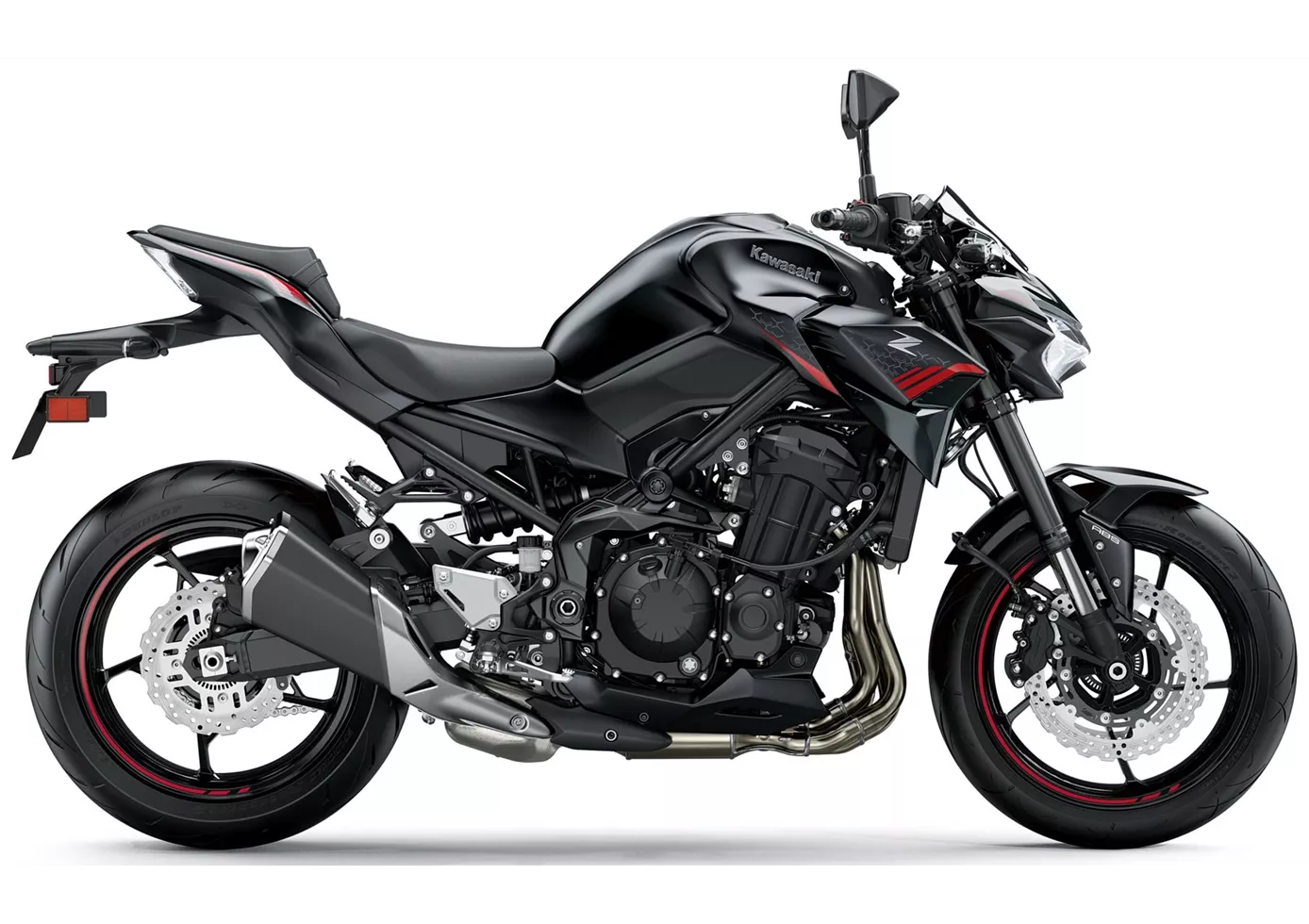
In terms of price-performance, the Kawasaki Z900 is hard to beat at the moment. With the perfectly tuned engine, the high-quality chassis components and the electronics added for 2020, this naked bike offers everything that sporty riders will be looking for. There is really nothing to complain about, even if the option of a quickshifter would have been a nice extra. Apart from that: great shot, Kawasaki!
Yamaha MT-09 2020
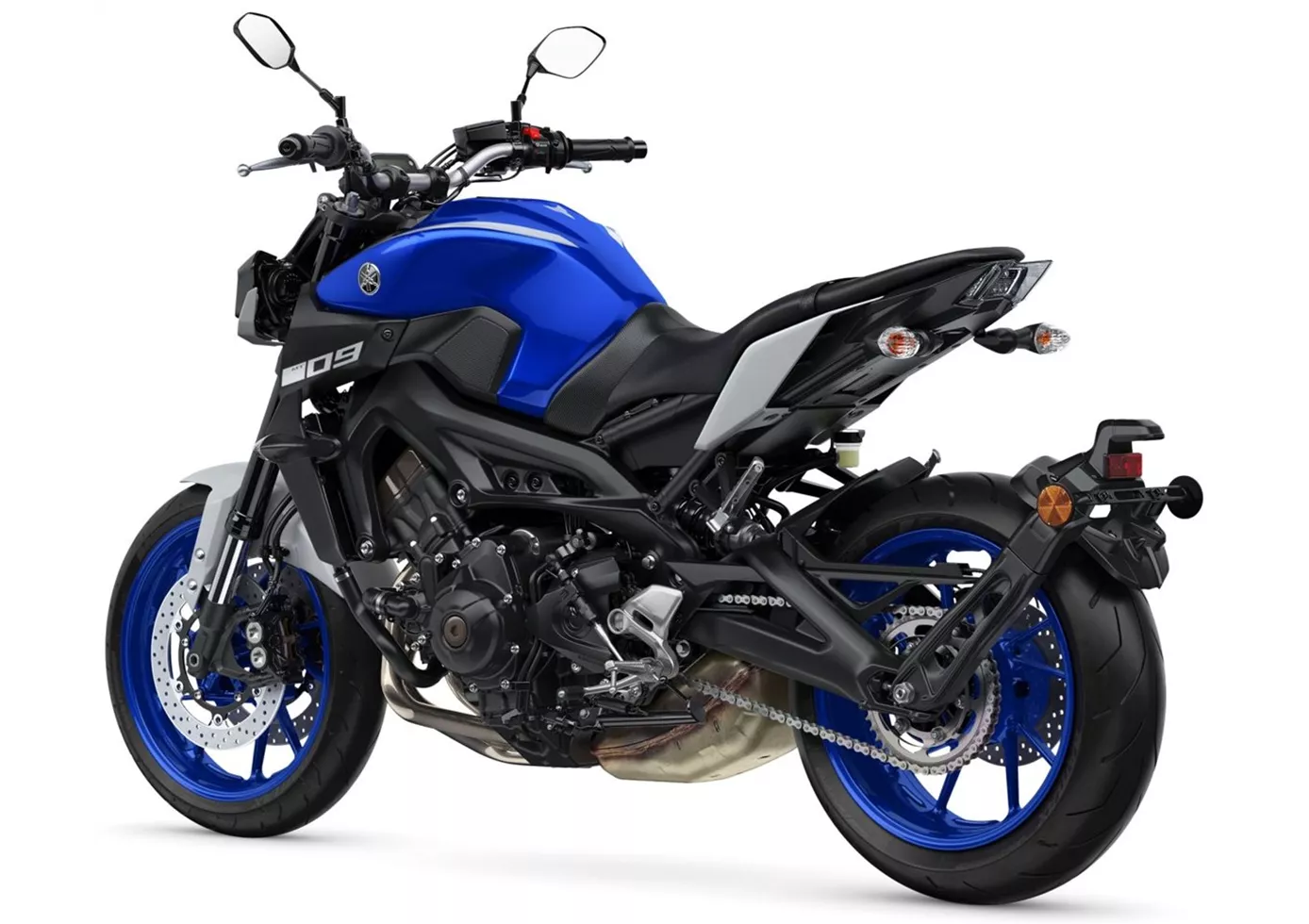
Riding fast is possible, but exhausting. The high handlebars are counterproductive on the race track and require a lot of physical effort. The MT-09 can't keep up with the Street Triple R, even with WP suspension.
Price Comparison Avarage Market Price Kawasaki Z900 vs Yamaha MT-09
There are a few key differences between a Kawasaki Z900 2020 and a Yamaha MT-09 2020. In terms of price, the actual average price of a Yamaha MT-09 2020 is about 4% higher. Compared to Yamaha MT-09 2020 there are more Kawasaki Z900 2020 bikes available on the 1000PS.de Marketplace, specifically 34 compared to 8. It takes less time to sell a Yamaha MT-09 with 110 days compared to 124 days for the Kawasaki Z900. Since model year 2017 1000PS.de editors have written 46 reviews for the Kawasaki Z900 and 57 reviews for the Yamaha MT-09 since model year 2013. The first review for the Kawasaki Z900 was published on 11/11/2016 and now has more than 93,200 views. This compares to more than 39,900 views for the first review on Yamaha MT-09 published on 6/10/2013.
